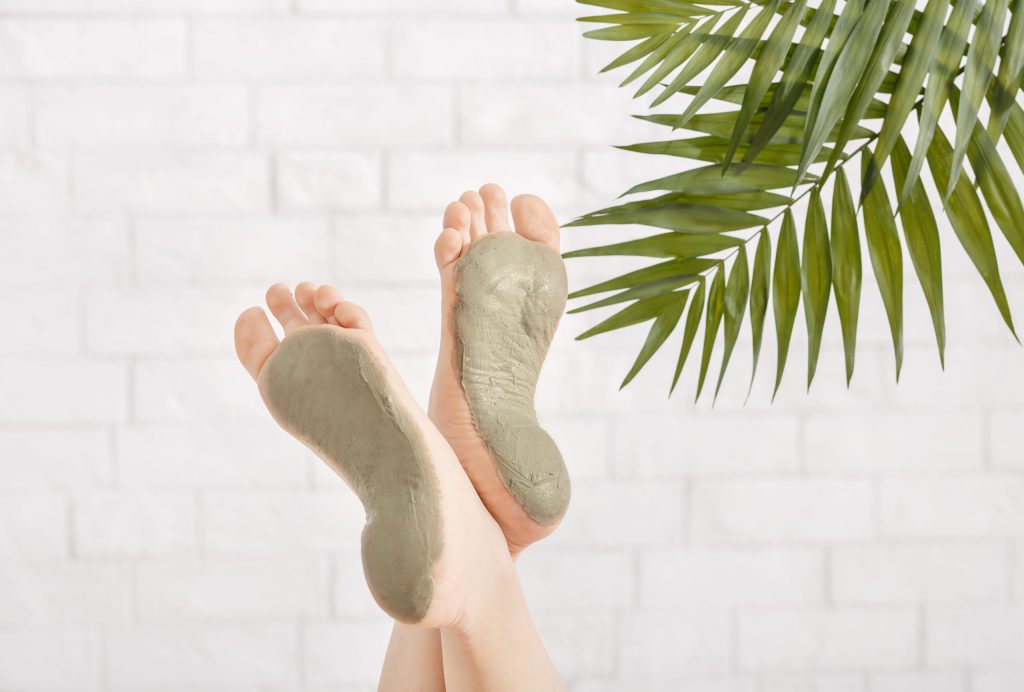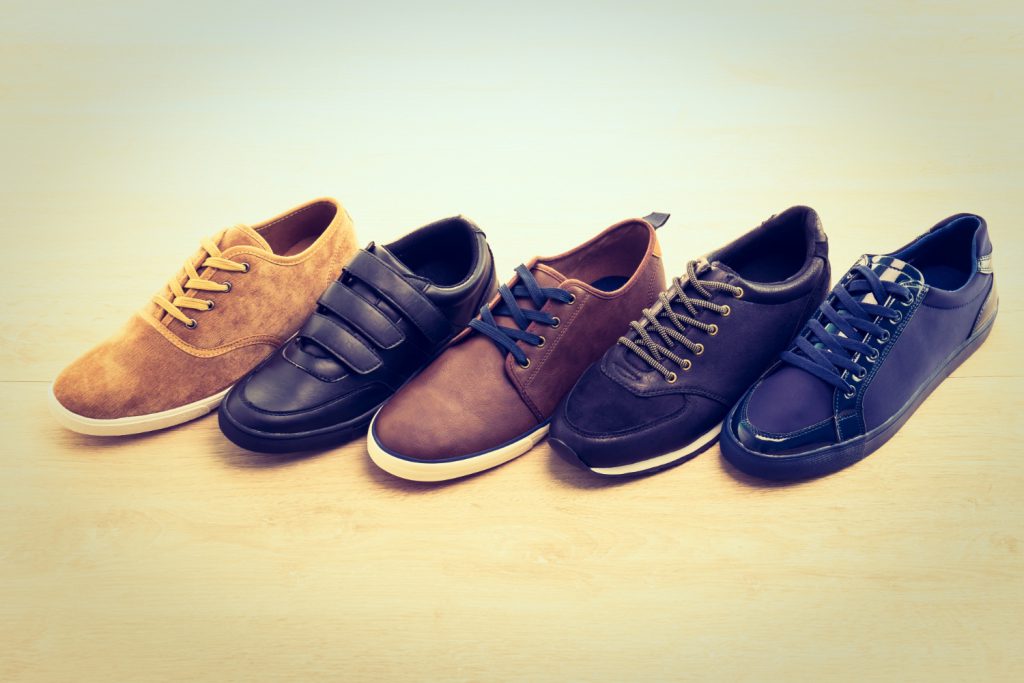Tips to improve circulation to legs
People, particularly diabetics, are more interested in tips to improve circulation to the legs to combat the vascular disease which causes slow healing. It’s true that eating a well-balanced diet, maintaining a healthy weight, and exercising all contribute to the prevention of recurring sores. In addition to taking care of your feet, drinking adequate water, and maintaining your skin in excellent condition all play an important role in wound healing. But you should look after your feet and improve circulation in your legs by doing the following: Raising feet Try to raise your legs when sitting at least at the same level as your hips, because it helps improve blood flow returning from the feet to the heart, which prevents its accumulation in the feet. Put pillows on a footrest or place pillows under your legs when lying on the couch, as it helps distribute the weight so that all the weight is not on the heels. Avoid sleeping on a chair all night, because this may cause poor blood circulation and increase swelling. Quit Smoking Smoking causes damage to the circulatory system; which increases the risk of developing leg ulcers, and smoking can make it difficult for wounds to heal. Exercising Exercising is important since it helps improve circulation and helps enhance your overall health. For example, when you walk, the muscles in your legs help blood flow! So even if you are unable to walk, you should do some exercise to get the same benefit. Here are some simple exercises you can try every day: Move your toes forward and backward five times. Sit on a chair and then raise the heels up with the fingers on the floor. Try to make exercise a part of your daily routine as much as possible. Doctor consultation You will need to ask your doctor if you notice any of the following symptoms: There are wounds on the skin that do not get better Any changes in your foot color and/or temperature You feel pain or tightness in the leg at night Suffering from excessive itching Swollen legs Also, do not neglect any change in your feet, such as feeling numb in particular or affecting your sense of external factors, then consult your doctor, especially if you have diabetes. You can find more information about foot care from here.
Tips to improve circulation to legs Read More »





